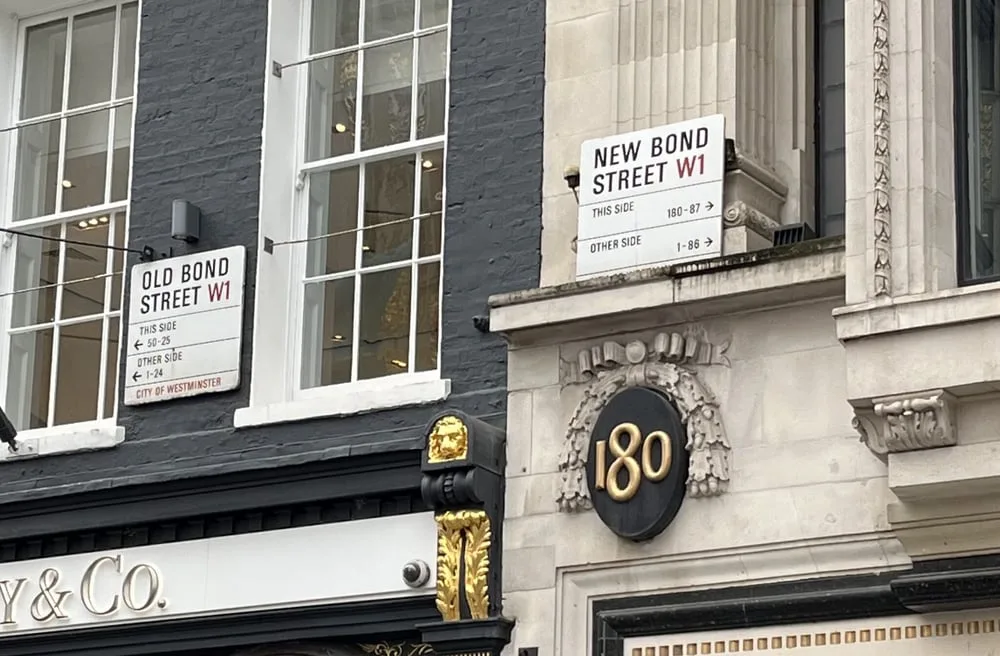In a significant trend within the luxury sector, Swatch Group’s recent substantial investment in its Harry Winston store on Bond Street serves as a prime example of a broader strategy adopted by luxury firms. A report commissioned for CBRE, as reported by The Times, reveals that the ownership landscape on London’s New Bond Street has evolved significantly over the past 15 years.
The report indicates that the number of buildings along New Bond Street owned by major fashion houses has doubled during this period. Currently, luxury retailers control one-third of the street’s real estate, a substantial increase from the 15% ownership figure recorded in 2009.
This trend is driven by an «own-to-occupy» strategy embraced by leading luxury brands. In this strategy, these brands acquire freehold rights to their existing premises or purchase adjacent buildings, patiently awaiting the expiration of existing leases.
Notably, many of these acquisitions encompass substantial retail spaces, aligning with the prevailing trend among renowned brands to expand their presence in prime locations such as Bond Street in the West End and Sloane Street in Knightsbridge.
An illustrative example highlighted in the report is the purchase of the Asprey store by Hermès. CBRE property agent Phil Cann explained, «It has taken them a decade to regain possession of the store, which Hermès is now renovating. This level of commitment is evident when the location and building align perfectly.»
In a significant transaction from the previous year, LVMH acquired the Dior store at 160-162 New Bond Street for an astounding £165 million. Rolex invested £160 million in Bond Street House, housing Patek Philippe. Chanel also made a substantial move during the pandemic, acquiring its New Bond Street store from the landlord for an impressive £310 million.
Interestingly, there has been a shift in preference for properties along New Bond Street. While the area closer to Piccadilly was previously considered the most sought-after, the opening of the Elizabeth Line transport link and the availability of larger retail spaces farther up the street have reshaped preferences. As a result, the future of the Fenwick department store building, set to become vacant next year, is anticipated with great intrigue.
